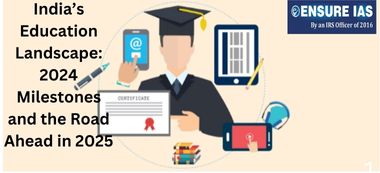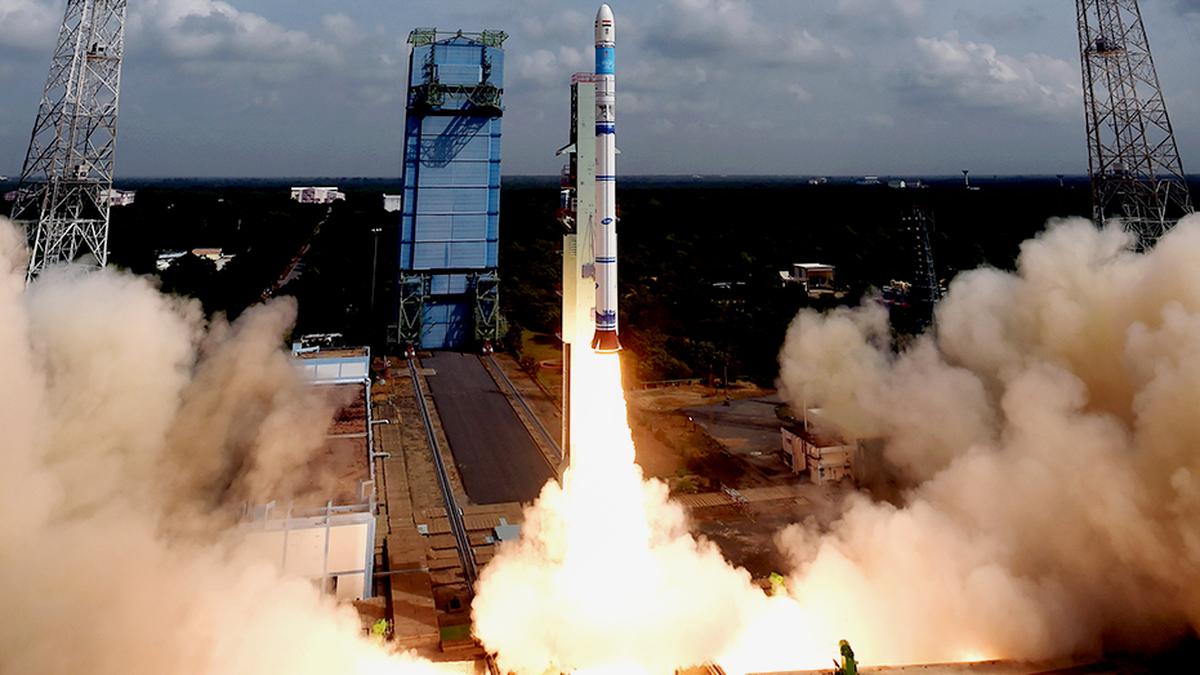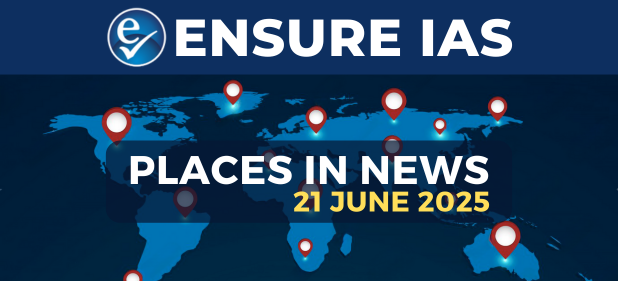- Courses
- GS Full Course 1 Year
- GS Full Course 2 Year
- GS Full Course 3 Year
- GS Full Course Till Selection
- Answer Alpha: Mains 2025 Mentorship
- MEP (Mains Enrichment Programme) Data, Facts
- Essay Target – 150+ Marks
- Online Program
- GS Recorded Course
- Polity
- Geography
- Economy
- Ancient, Medieval and Art & Culture AMAC
- Modern India, Post Independence & World History
- Environment
- Governance
- Science & Technology
- International Relations and Internal Security
- Disaster Management
- Ethics
- NCERT Current Affairs
- Indian Society and Social Issue
- NCERT- Science and Technology
- NCERT - Geography
- NCERT - Ancient History
- NCERT- World History
- NCERT Modern History
- CSAT
- 5 LAYERED ARJUNA Mentorship
- Public Administration Optional
- ABOUT US
- OUR TOPPERS
- TEST SERIES
- FREE STUDY MATERIAL
- VIDEOS
- CONTACT US
India’s Education Landscape: 2024 Milestones and the Road Ahead in 2025
India’s Education Landscape: 2024 Milestones and the Road Ahead in 2025

- As Nelson Mandela famously said, “Education is the most powerful weapon you can use to change the world.”
- India has taken significant steps in 2024 to enhance the quality of education, improve accessibility, and promote inclusivity.
- From launching new educational schemes to reforming the curriculum, the country is laying the groundwork for a more innovative and future-ready education system.
- But, as we move into 2025, ensuring that these policies are effectively implemented and sustained will be key.
I. Key Educational Schemes in 2024
A. Maharashtra's Educational Initiatives:
On August 9, 2024, Maharashtra launched several important educational programs aimed at improving the quality and accessibility of education:
- Phase 2 of 'Mukhyamantri Majhi Shala, Sundar Shala': This initiative focuses on transforming schools into more engaging and innovative places for learning.
- ‘Maha Vachan Utsav’ and ‘Majhi Parasbaug’: Programs designed to promote reading and learning among students.
- Skill Development & Job Opportunities: A unique partnership between Maharashtra and Baden-Wurttemberg, Germany was unveiled, aiming to provide skill development and job opportunities for Maharashtrian youth.
- This program includes learning German and promoting Marathi in the US through collaborations with international organisations like Goethe Institutes and Brihan Maharashtra Mandal America.
B. Shala Darshans and Maharashtra Samagra Shiksha
- ‘Shala Darshans’: A transformative initiative that aims to turn schools into hubs of innovation by promoting creativity and student-centered learning.
- ‘Maharashtra Samagra Shiksha’: A program focused on improving elementary education and reducing dropout rates, ensuring that no child is left behind in the foundational stages of education.
C. School Timings Adjustments for Better Health
- The government has made a key change in school timings, aligning them with better sleep patterns to improve student health.
- This initiative aims to improve cognitive function and academic performance by ensuring students get enough rest.
II. National Education Policy (NEP) 2024:
The National Education Policy (NEP) 2024 brings about several revolutionary changes, continuing the groundwork laid by the NEP 2020.
A. Shift from 10+2 to 5+3+3+4 Framework
- The traditional 10+2 schooling system has been replaced with a 5+3+3+4 framework, which divides education into:
- Foundational Stage (ages 3-8): Focuses on early childhood education.
- Preparatory Stage (ages 8-11): Builds on early skills.
- Middle Stage (ages 11-14): Further develops critical thinking and creativity.
- Secondary Stage (ages 14-18): Prepares students for higher education and the workforce.
- This new framework aligns education with age-appropriate developmental stages, ensuring that children are learning in a way that matches their cognitive abilities.
B. Vocational Education and Interdisciplinary Learning
- NEP 2024 integrates internships and vocational training for students in grades 6-8, helping them develop practical skills in real-world settings.
- The policy removes rigid boundaries between Arts, Science, and Commerce, allowing students to choose courses across different fields and pursue personalized learning paths.
C. Use of Technology and Inclusivity
- NEP 2024 introduces virtual labs through platforms like DIKSHA, which allows students to access realistic simulations and learn through technology.
- The policy also promotes learning in native languages, supporting linguistic diversity by creating educational content in different regional languages.
III. Funding and Support for Education
A. Unprecedented Funding for Education in 2024-25
In the fiscal year 2024-25, the Indian government has allocated:
- Rs 73,498 crore for the Department of School Education and Literacy, marking a 19.56% increase from the previous year.
- This funding will support various programs aimed at improving school infrastructure and increasing accessibility.
- Rs 47,619 crore for the Department of Higher Education, focusing on initiatives like PRERNA, SWAYAM Plus, PM-Vidyalaxmi, APAAR, and ONOS (One Nation One Subscription), which focus on improving both grassroots and higher education.
B. One Nation One Subscription (ONOS)
- ONOS aims to provide equitable access to academic journals and research articles for students and researchers across the country.
- With a significant budget of Rs 6,000 crore over the next three years, the program aims to democratize access to knowledge and research.
- However, challenges remain in terms of sustainability, budgetary constraints, and reaching rural colleges.
IV. Addressing the Gaps: Issues to Tackle
A. Unequal Access and Regional Disparities
- Despite these initiatives, there are still major concerns related to regional disparities and unequal access to quality education.
- Infrastructure gaps in rural areas need to be addressed to ensure that all students have access to the same quality of education, regardless of their location.
B. Teacher Training and Retention
- One of the biggest challenges remains the shortage of trained teachers, particularly in rural areas.
- Ensuring that teachers are well-equipped with modern teaching methods is critical to the success of NEP 2024.
- Continuous teacher training programs should be a priority, ensuring that educators are able to adapt to new curricula and teaching styles.
V. Expanding Accessibility and Inclusivity
To ensure that the reforms in 2024 lead to real change in 2025 and beyond, the focus must be on expanding accessibility and promoting inclusivity.
A. Expanding Initiatives Like Shala Darshans
- Shala Darshans, which aims to transform schools into innovation hubs, should be implemented across both urban and rural schools.
- This will create a more engaging and student-centered learning environment everywhere.
B. Financial Literacy and Outreach Programs: Programs like E-Scholarships and PM-Vidyalaxmi, which provide financial aid, must be complemented by financial literacy initiatives to help students make the most of these opportunities without falling into debt traps.
C. Technology and Skill Development
- Technology Integration: Efforts to teach coding, computational thinking, and advanced skills in fields like AI and data science will prepare students for future careers.
- Collaborations for Global Exposure: Partnerships like those between Maharashtra and Germany to teach German should be expanded to include more global exposure and cultural exchange.
- These programs can also be aligned with local industries to provide practical skills.
VI. Prioritizing Student Well-being and Teacher Development
A. Student Health Initiatives
- The school timing adjustment initiative is a step in the right direction, and it should be expanded to ensure that students have the right balance between academic work and rest.
- Supporting research on the positive effects of better sleep will help make this program more effective.
B. Teacher Training and Pedagogy
- Continuous training programs will ensure that teachers can adopt new teaching methods and align their approach with modern educational needs.
- Teachers will be better equipped to support student creativity and critical thinking, which is at the core of NEP 2024.
Conclusion: 2025 and Beyond
India’s educational reforms in 2024, especially through initiatives like NEP 2024, ONOS, and various state-driven programs, represent a significant shift toward improving the quality and accessibility of education. However, to ensure these reforms reach their full potential in 2025, it is crucial to address the gaps in teacher training, infrastructure, and access to resources. By focusing on inclusivity, global exposure, and student well-being, India can take its education system to the next level, preparing future generations for a more competitive and knowledge-driven world.
|
Also Read |
|




